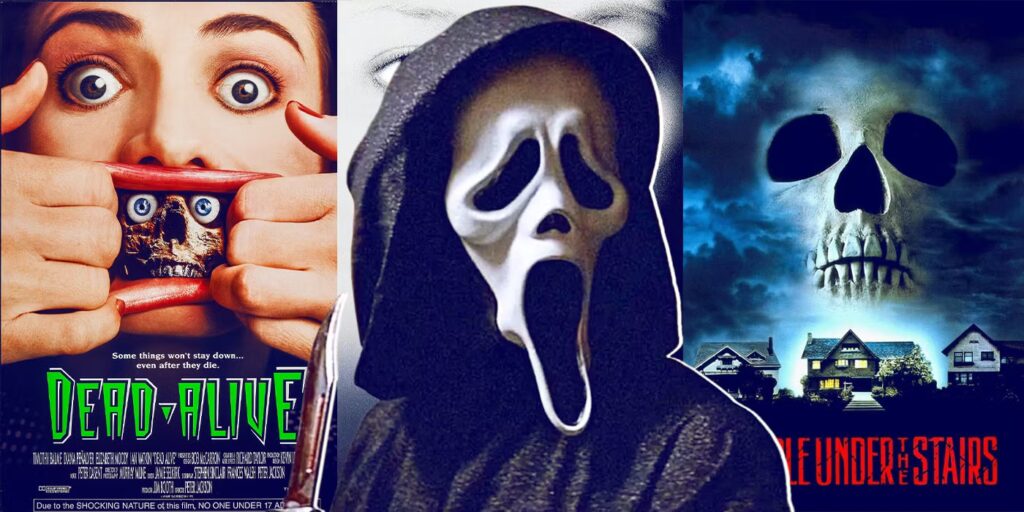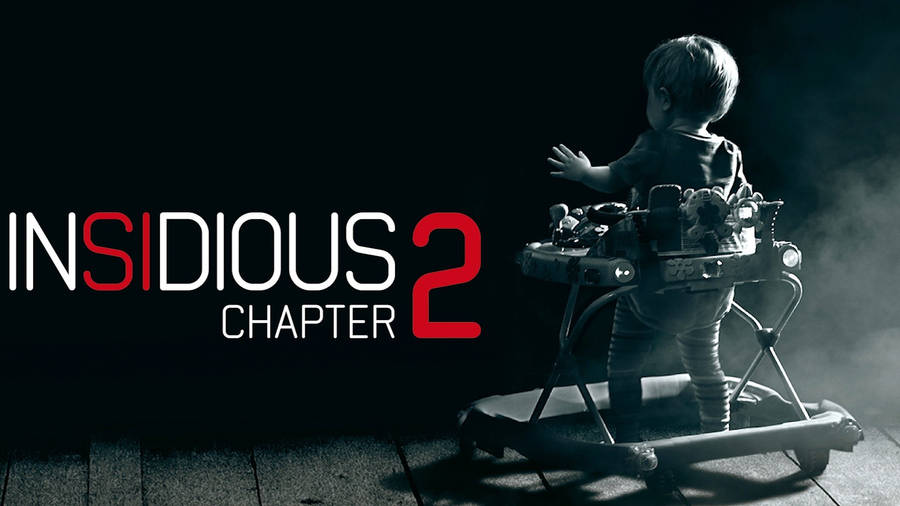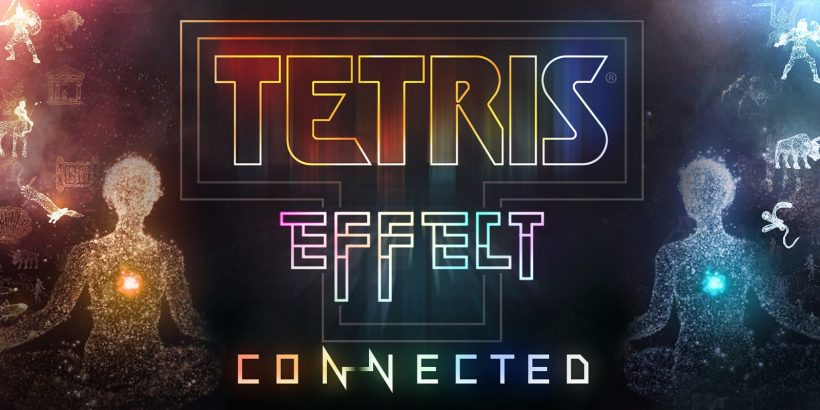What compels us to willingly step into the dark? To perch on the edge of our seats, hearts pounding, as unseen forces lurk or twisted minds scheme? Welcome to the captivating, chilling world of Horror & Thriller films. These genres don’t just entertain; they provoke, unnerve, and dissect the very nature of fear itself, offering a safe space to confront our primal instincts.
While often grouped, horror and thrillers employ distinct tactics to get under our skin. Horror aims for the visceral jolt, the chilling dread, and often, the monstrous reveal. Thrillers, conversely, master the slow burn, the meticulous build of tension, and the intricate puzzle of suspense, often exploring the darker corners of the human psyche. Both are masterful at manipulating our emotions, creating experiences that linger long after the credits roll.
This guide isn’t for the faint of heart, but for anyone fascinated by the power of suspense and the psychology of dread. We’ll explore the ingenious methods these films use to scare and intrigue us, trace their evolution as reflections of our collective anxieties, and shine a light on the iconic and unsettling works that define these chilling genres. Prepare for an unforgettable journey into the shadows!
The Anatomy of Dread: What Sets Horror & Thriller Apart?
Though they share the goal of unsettling the audience, their primary methodologies differ:
- Horror: Its direct aim is to frighten, shock, and repulse. Horror often deals with the monstrous, the supernatural, the grotesque, or the psychologically disturbing. It taps into primal fears of death, the unknown, loss of control, and existential dread.
- Thriller: Focuses on suspense, tension, and excitement. Thrillers often involve a protagonist facing a dangerous antagonist or situation, where the stakes are high, and the plot is driven by mystery, pursuit, or a race against time. The fear comes from anticipation and uncertainty rather than direct scares.
- Atmosphere & Pacing: Both genres excel at crafting specific atmospheres. Horror might rely on oppressive dread, jump scares, or gore, while thrillers often build tension through intricate plotting, escalating stakes, and nerve-wracking confrontations.
- Psychological Manipulation: At their best, these films don’t just show us scary things; they manipulate our perceptions, play on our vulnerabilities, and make us question what’s real, leading to a deeper, more unsettling experience.
Mastering Fear: A Look Through the Ages of Horror & Thriller Cinema
These genres have continuously evolved, mirroring and sometimes even shaping our deepest anxieties:
- Silent Shivers & Gothic Tales (Early 20th Century): From the expressionistic nightmares of Nosferatu and The Cabinet of Dr. Caligari to the early Universal monster films, cinema quickly discovered its power to evoke fear through shadows, eerie visuals, and the grotesque.
- The Golden Age of Suspense (Mid-20th Century): Alfred Hitchcock became the undisputed master, pioneering psychological thrillers that manipulated audience tension with unparalleled skill (Psycho, Vertigo). Meanwhile, creature features and atomic age horrors reflected Cold War anxieties.
- Grindhouse & Psychological Terror (1970s): This era saw horror become more visceral and transgressive (The Exorcist, The Texas Chainsaw Massacre), while thrillers delved into political paranoia (The Conversation) and morally complex dilemmas.
- The Slasher Boom & Supernatural Resurgence (1980s): Iconic masked villains dominated the horror landscape (Halloween, A Nightmare on Elm Street), alongside a renewed focus on supernatural entities and practical effects. Thrillers often became more action-oriented.
- Post-Modern Fear & Elevated Horror (1990s – 2000s): Horror became self-aware (Scream), while psychological thrillers explored complex narratives (The Silence of the Lambs, Seven). The 2000s saw a rise in “found footage” and extreme horror, as well as the emergence of “elevated horror” that prioritized atmosphere and thematic depth.
- Social Commentary & Deeper Scares (2010s Onward): Contemporary horror and thrillers often use the genre as a vehicle for sharp social commentary, exploring themes of race, class, and trauma through chilling allegories (Get Out, Hereditary). The lines between psychological horror and thriller often beautifully blur.
Navigating the Nightmare: Key Horror & Thriller Subgenres
The landscape of fear is incredibly varied, offering something for every palate:
Horror:
- Supernatural Horror: Features ghosts, demons, curses, and other inexplicable forces (The Conjuring, The Grudge).
- Slasher: Focuses on a psychopathic killer stalking and murdering a group of victims, often teenagers (Halloween, Friday the 13th).
- Psychological Horror: Relies on disturbing mental states, paranoia, and internal demons to create fear, often blurring the lines of reality (The Babadook, Rosemary’s Baby).
- Body Horror: Emphasizes grotesque distortions or destruction of the human body (The Fly, The Thing).
- Found Footage: Presented as if discovered or recorded by the characters themselves, adding a layer of realism (The Blair Witch Project, REC.).
- Folk Horror: Rooted in ancient paganism, cults, and the dark side of rural traditions (The Wicker Man, Midsommar).
Thriller:
- Psychological Thriller: Focuses on the characters’ unstable mental states, often with unreliable narrators and mind games (Gone Girl, Silence of the Lambs).
- Crime Thriller: Involves criminal acts, investigations, and high-stakes cat-and-mouse games (Seven, Heat).
- Espionage Thriller: Centered around spies, government conspiracies, and international intrigue (The Bourne Identity, Three Days of the Condor).
- Neo-Noir Thriller: Modern films that emulate the dark, cynical tone and complex moral ambiguities of classic film noir (Chinatown, Drive).
- Conspiracy Thriller: Deals with secret plots by powerful groups or individuals (JFK, All the President’s Men).
- Survival Thriller: Characters are pushed to their limits in extreme situations, often battling elements or dangerous adversaries (127 Hours, The Revenant).
Chilling Classics & Modern Terrors: Must-Watch Horror & Thriller Films
Prepare for an unforgettable ride with these seminal and masterful films that define their genres:
- Psycho (1960): Alfred Hitchcock’s groundbreaking psychological thriller that revolutionized cinema with its shocking twists and chilling exploration of the human psyche.
- The Exorcist (1973): Often hailed as the scariest film ever made, this supernatural horror masterwork delves into demonic possession with groundbreaking effects and unsettling realism.
- Halloween (1978): John Carpenter’s minimalist slasher redefined the genre, creating an iconic villain in Michael Myers and proving that less can be truly terrifying.
- The Shining (1980): Stanley Kubrick’s atmospheric and psychologically intense horror film, a slow burn into madness set in an isolated, haunted hotel.
- The Silence of the Lambs (1991): A riveting psychological thriller that blends crime procedural with chilling character study, featuring iconic performances from Jodie Foster and Anthony Hopkins.
- Seven (1995): David Fincher’s grim and gritty crime thriller with a shocking twist, renowned for its dark atmosphere and unsettling exploration of sin.
- The Blair Witch Project (1999): The found footage phenomenon that proved unseen horror could be more terrifying than any monster, relying on suggestion and atmosphere.
- Oldboy (2003): A visceral and shocking South Korean neo-noir thriller and revenge tale, famous for its brutal action choreography and unforgettable twists.
- The Babadook (2014): A modern psychological horror film that uses a terrifying monster as an allegory for grief and mental health, delivering genuine dread.
- Get Out (2017): Jordan Peele’s brilliant directorial debut, a social thriller that expertly blends horror, satire, and sharp social commentary on race in America.
- Parasite (2019): While categorized as drama/thriller, its masterful build of suspense, shocking twists, and underlying dread make it a vital modern thriller that critiques class.

Unsettling Surprises: Underrated Horror & Thriller Gems
Don’t let these gems escape your notice – they’re sure to deliver a memorable jolt:
- Coherence (2013): A mind-bending sci-fi psychological thriller that uses a dinner party setting to explore alternate realities and identity with shocking effectiveness.
- The Wicker Man (1973 – original): A cult classic folk horror film, a masterclass in slow-burn dread and unsettling pagan rituals.
- Bone Tomahawk (2015): A brutal and uncompromising Western horror film that takes its time building tension before delivering truly shocking sequences.
- Green Room (2015): A raw and intense survival thriller about a punk band trapped by neo-Nazis, full of relentless tension and practical gore.
- Goodnight Mommy (2014): An Austrian psychological horror film that delves into family dynamics and identity with unnerving suspense and a truly disturbing central mystery.
Why We Seek the Scare: The Enduring Allure of Fear
Our attraction to horror and thriller films is complex and deeply human:
- Catharsis: Experiencing fear in a controlled environment can be a release, allowing us to process anxieties without real danger.
- Adrenaline Rush: The physiological response to fear can be exhilarating, a natural high.
- Understanding the Dark Side: These films explore the extreme limits of human behavior, morality, and the unknown, offering insights into societal fears and psychological depths.
- Problem-Solving & Intellectual Puzzle: Thrillers, in particular, engage our minds, daring us to solve the mystery or predict the next move alongside the characters.
- The Art of Suspense: We appreciate the craft of filmmakers who can skillfully manipulate our emotions, building tension to a masterful crescendo.
Conclusion: Confront Your Fears!
From the unseen monster lurking in the shadows to the chilling logic of a criminal mind, Horror & Thriller films offer a unique and profound experience. They remind us of our vulnerabilities, challenge our perceptions, and ultimately, provide a fascinating, if sometimes terrifying, exploration of the human condition.
What’s the one film that truly scared you, or kept you on the edge of your seat for hours? Do you prefer the jump scares of horror or the slow burn of a thriller?
Now that you’ve journeyed into the spine-tingling world of Horror & Thriller cinema, we want to hear your voice! Head over to our to leave your personal reviews of your favourite scary or suspenseful films, share your most chilling cinematic moments, or tell us which movies truly got under your skin!




